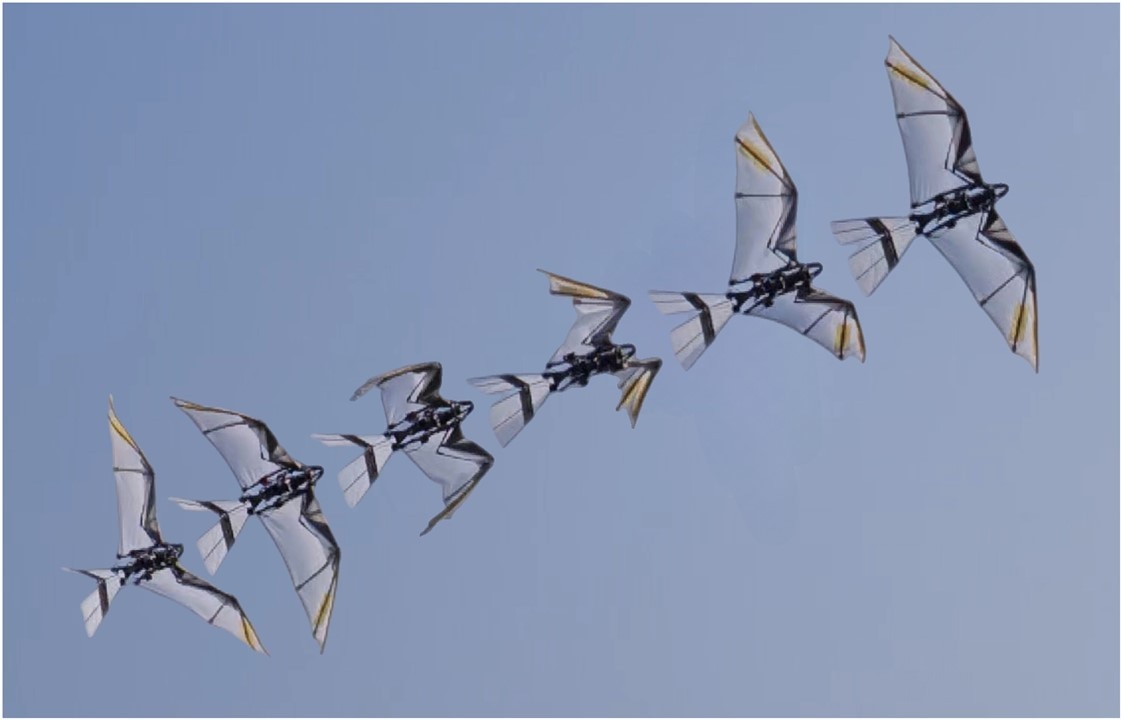Unitree's G1 humanoid robot is quite impressive! It's already demonstrated new capabilities that exceed what ordinary robots can do. Recently, the robot left viewers in awe as it performed martial and acrobatic arts-inspired movements like standing side-flips, sweeping kicks, roundhouse kicks, full kip-ups, and smooth Tai Chi routines. All of these were executed with expressiveness and balance unmatched by humanoid robots.
Advanced AI algorithms and simulation-to-reality training enabled the robot to acquire these new capabilities. First, G1 learns complex movements in virtual environments with motion capture and reinforcement learning before transferring them to the machine. This enables rapid skill acquisition while reducing hardware wear and tear. After deployment, the G1 performs those maneuvers—tougher than a walk or backflip—thanks to its optimized balance, sensors, and body coordination.
G1 also has a new mode—anti-gravity. This state allows the robot to stay still and regain its balance after losing its footing or being knocked down, even if it gets pushed around. Its sensors are what make this so resilient—equipped with joint torque sensors, lidars, and depth cameras. These feed data into a real-time balance control loop, allowing it to react organically and recover autonomously. These advancements make the G1 robot practical for applications such as physical rehabilitation, disaster response, and environments requiring adaptability and durability.
The RoboBee next to a penny, an earlier version of the RoboBee, and a crane fly. (Image Credit: Harvard John A. Paulson School of Engineering and Applied Sciences)
Engineers in worldwide laboratories are working to develop microscopic robots, with some taking the form of an animal. Such machines have potential applications for the military, and agencies like DARPA invested in microrobots as a potential next-gen tool.
For instance, DARPA assisted with micro robotic field work, knowing insect-sized flying robots could be used for military applications. Mini reconnaissance platforms like the RoboBee could enter areas inaccessible to small drones, such as collapsed buildings. It can also operate alone or in swarms and blend in like insects to collect sensitive data unnoticed. However, it’s challenging to develop microscopic robots, especially since they need power and autonomous control. Even then, agile prototypes have hinted that fly-sized robots may soon be field-ready, if they aren’t already in secret use.
Fish and jellyfish-inspired robots are also under development. Jellyfish, which have excellent propulsion, inspired soft robots like robo-jelly---built with support from DARPA and the Office of Naval Research. Powered by hydrogen and oxygen, their artificial muscles replicate real jellyfish pulses, enabling silent movements for stealth surveillance of oceans, ports, and coastlines, without alerting humans or disturbing wildlife.
The cyborg insect is DARPA’s most controversial animal-inspired microrobot project. These insects, like beetles or moth pupae, are implanted with microcontrollers. By stimulating their flight muscles or antennae, researchers can steer the insects, creating a hybrid of living organism and machine.

Image showing an imitation of bird-inspired robotic flight. (Image Credit: Science Advances)
Robotic birds are taking over the world! And these aren’t the surveillance drones imagined by conspiracy theorists. Researchers at Northwestern Polytechnical University developed RoboFalcon2.0, a flying prototype robot replicating the bird’s aviation by flapping, sweeping, and folding their wings during takeoff and low-speed flight. This prototype uses a flapping-sweeping (FSF) wing motion (combines lift generation with pitch control) rather than fixed-wing propellers or hovering rotors.
The robot gets its flight capabilities---flapping, sweeping, and folding --- from its wing system that combines mechanical decoupling with a lightweight frame. That configuration enables RoboFalcon2.0 to generate tilted stroke planes, similar to what geese, kingfishers, and vultures can do during slow flight. Weighing 800 grams with a 1.2-meter wingspan, the robot captures small bird dynamics while retaining its durability for controlled experiments.
The system consumes more power during takeoff, closely matching a bird’s high metabolic takeoff cost. Additionally, wind-tunnel measurements indicated the FSF motion delivers higher lift coefficients and improved head-up pitching compared to simple flapping.
However, during test flights, the robot couldn’t maintain pitch stability as speed increased, even though it took off without issue and maintained low-speed flight. It also lost control authority as flight speed increased, which the team plans to address in the future. The researchers believe this robot could be practical for defense, surveillance, and environmental monitoring.
Have a story tip? Message me here at element14
